The Most Dangerous Volcanoes In The World
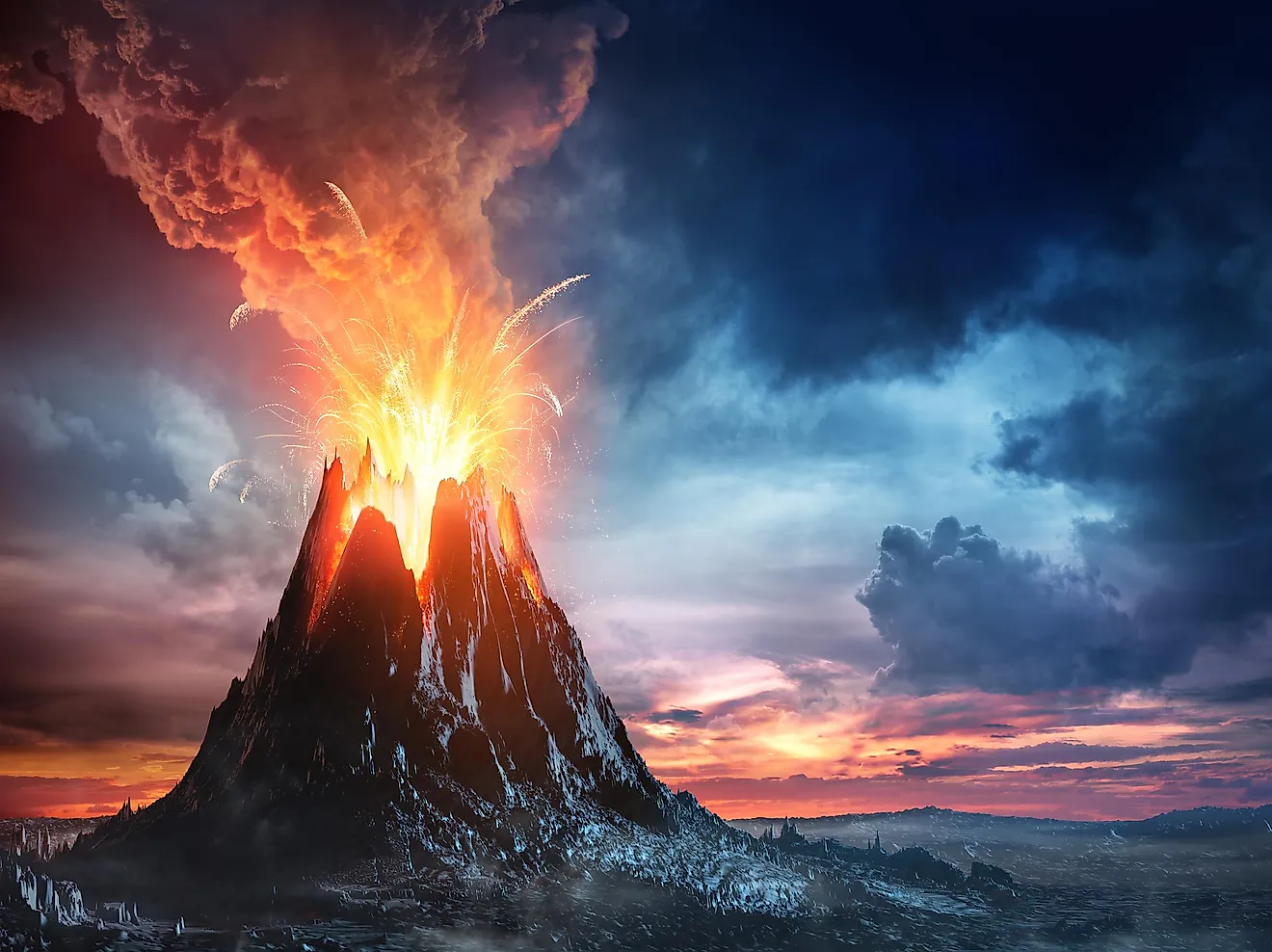
- Krakatoa volcano destroyed over 70% of its land back in 1883, after four major explosions triggered the disaster.
- Mount Fuji had not erupted for over 300 years. The last eruption took place at the beginning of 18th centuryand it was the result of a strong earthquake.
- The last eruption of Mount Vesuvius happened in 79 AD and it completely mummified the entire city of Pompeii by covering it with lava.
Volcanic activity around the globe is something that is always a potential threat to the people inhabiting the areas around volcanoes. There is a significant number of active volcanoes on Earth, and several of them are close to densely populated zones. If the volcano did not erupt for a long time, it makes it even more dangerous than those we classify as active.
Krakatoa
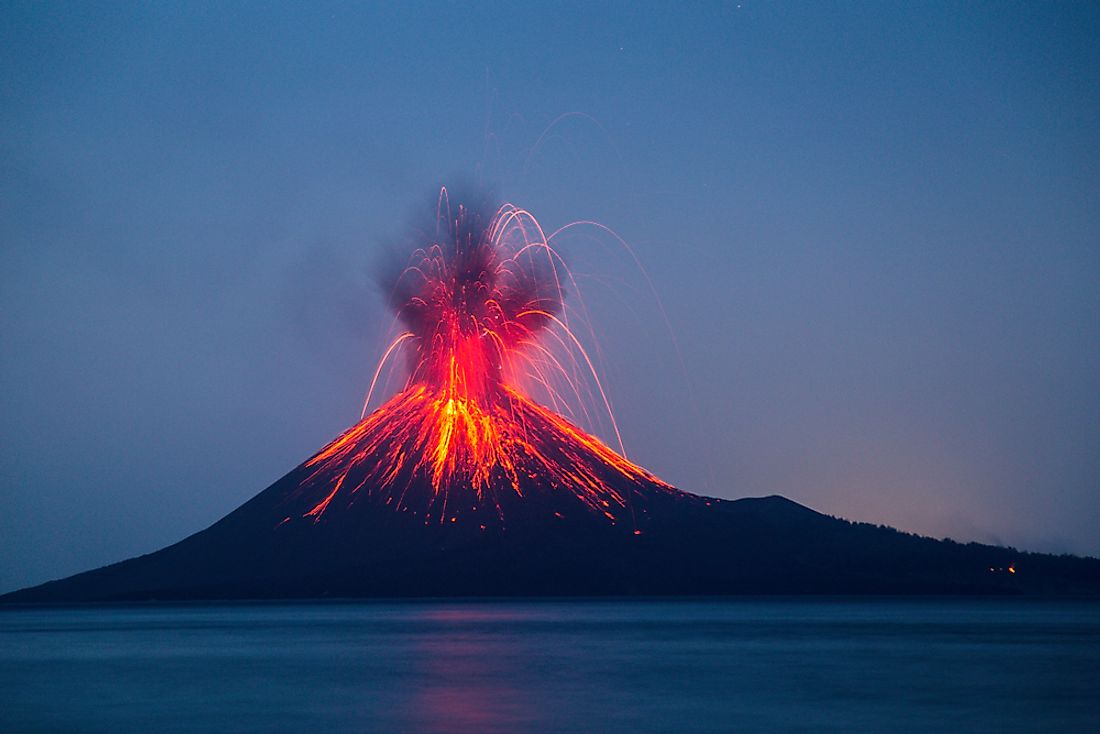
Indonesian island in the archipelago of Krakatau has already displayed what kind of a danger an active volcano represents. In 1883, four enormous explosions happened in Krakatoa, and they destroyed more than 70% of the whole island. The blasts were so powerful they could have been heard more than 5,000 kilometers (3,100 miles) away. It is estimated that the energy released in the 1883 eruption was 13,000 times bigger than the bomb dropped on Hiroshima. The tsunamis that followed after the eruption killed more than 36,000 people.
The massive volcanic activity of Krakatoa continued in 1927 when Anak Krakatau was brought to the surface. Literally translated as the ‘’Son of Krakatoa’’, this volcanic island goes up in the sky for more than 7 meters each year. Anak Krakatau has been in its eruptive phase since 1994, and it represents a huge danger for close to 200 million people living between Java and Sumatra.
Popocatépetl
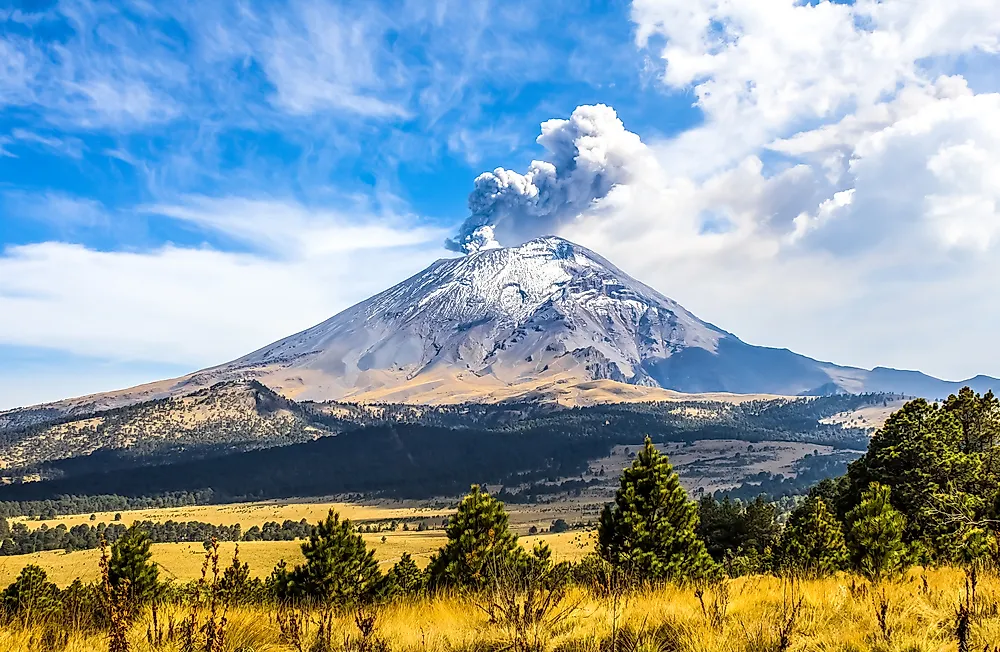
Located only 40 miles away from Mexico City, Popocatépetl is scary because of the fact that it did not have a massive eruption yet. The last activity was seen in 1994 when smoke started to come out of the mountain’s top. That was the first time Popocatépetl has shown any signs of life in 1000 years. Popocatépetl is near one of the biggest urban areas in the whole world. In case of an eruption, millions of people would be in danger.
Mount Rainier
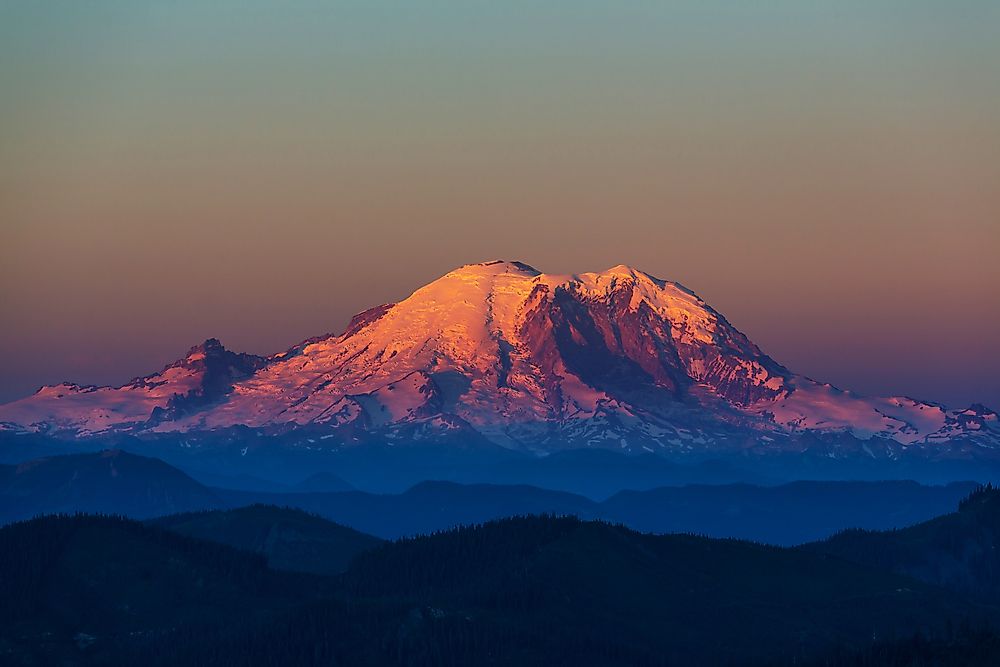
The dangerous mountain, also known as Tahoma, is located close to the city of Seattle, in the state of Washington. Several reasons make Mount Rainier so hazardous to the people living nearby if it ever erupts. Mount Rainier is very high and belongs to the stratovolcano category. This means that, in case of an eruption, its specific chemical structure would cause pyroclastic flows. These would then lead to lahars, which are very destructive mudflows that happen after explosions. All of this would be accompanied by the melting of ice and snow from the volcano, which would make these lahars very fast and dangerous to everyone living below.
Mount Fuji
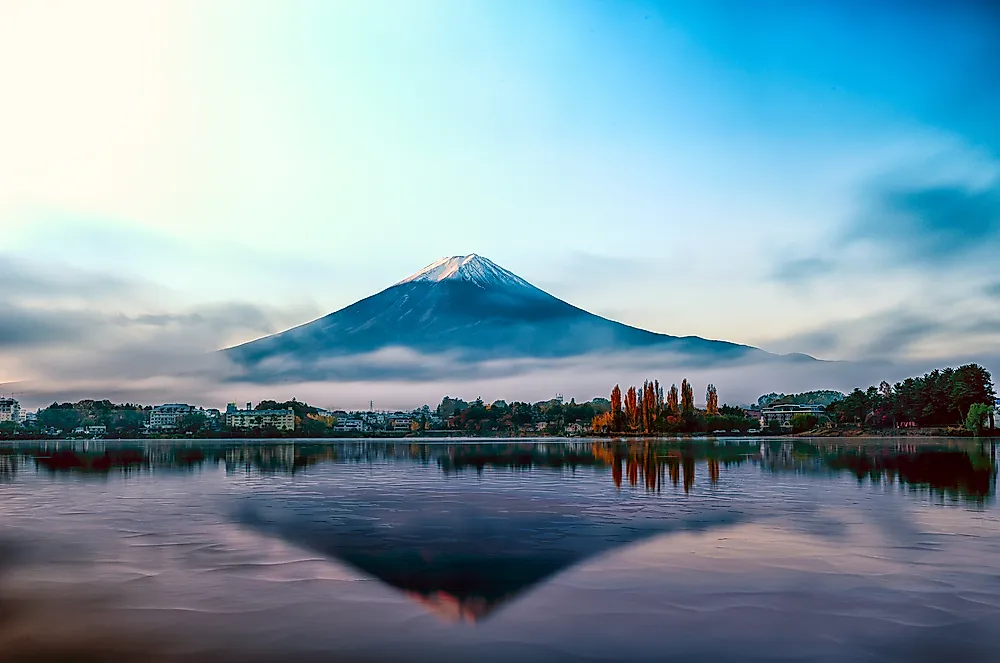
This volcanic beast has been sleeping in Japan for more than 300 years. The last eruption of Mount Fuji happened in 1707, and it was triggered by an earthquake. The scientists have been very concerned a few years back after Japan was struck by an earthquake of 9.0 on Richter’s magnitude scale. That earthquake happened in 2011, and it raised the pressure below Mount Fuji, which puts in danger the 25 million people that live nearby.
Mount Vesuvius
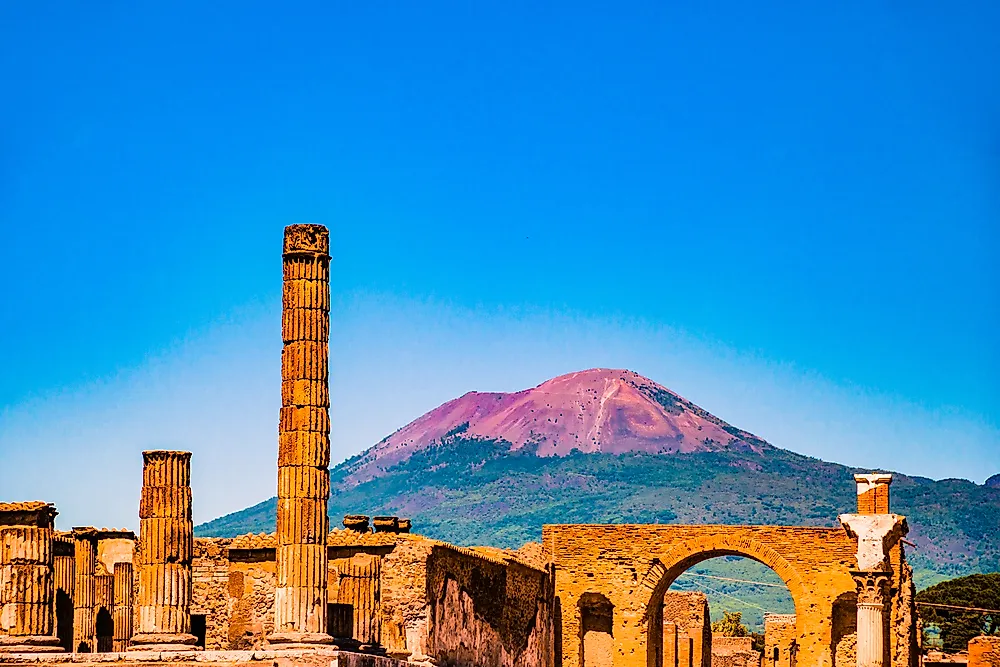
Vesuvius is already responsible for one of the most horrific eruptions ever to happen. In 79 AD, Mount Vesuvius erupted and buried the city of Pompeii in lava and ash. Today, there are close to 6 million people living near this volcano. With its last eruption happening in 1944, this dangerous volcano has the Italian government ready and on their toes in case of another blowout calls for evacuation of the area.











